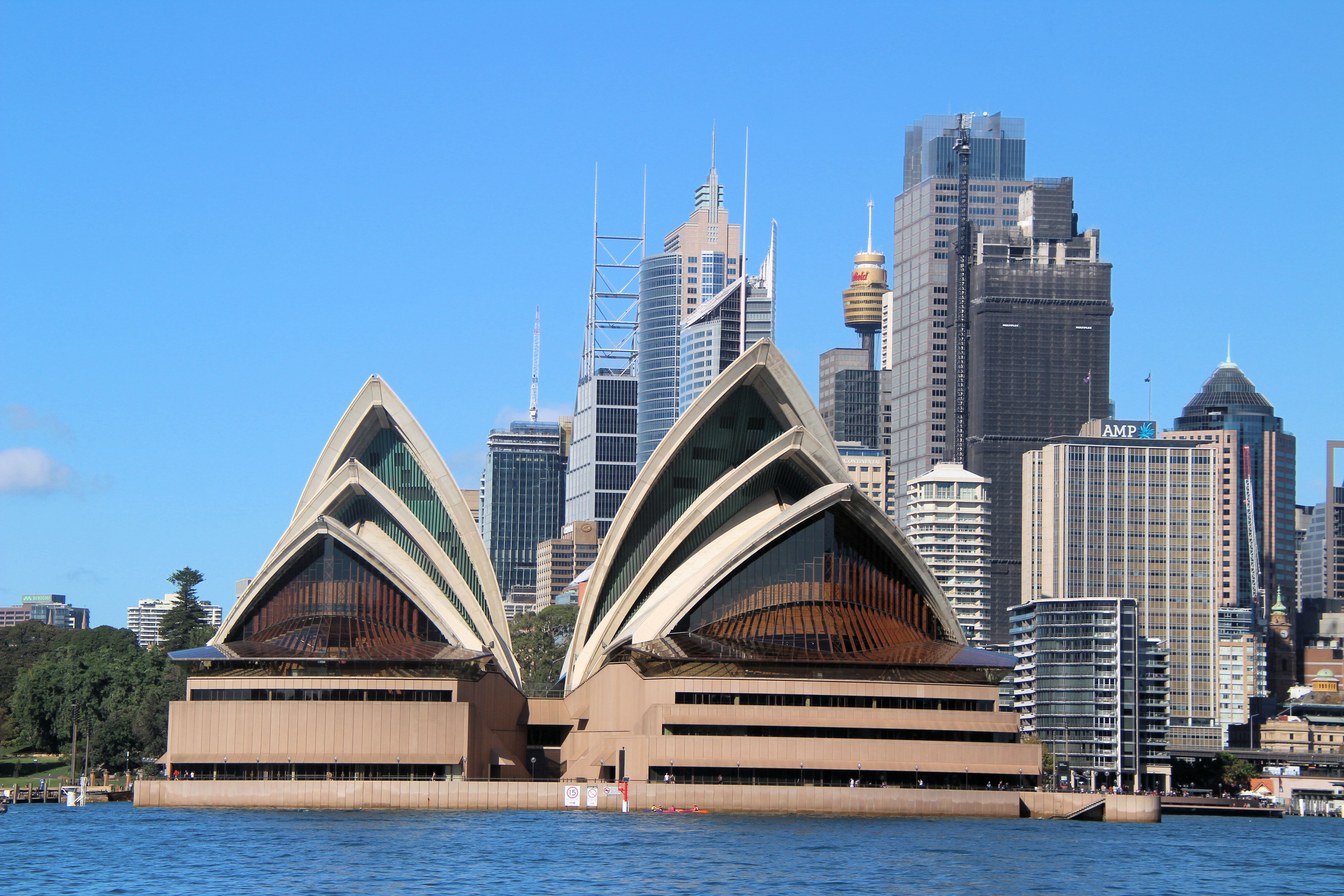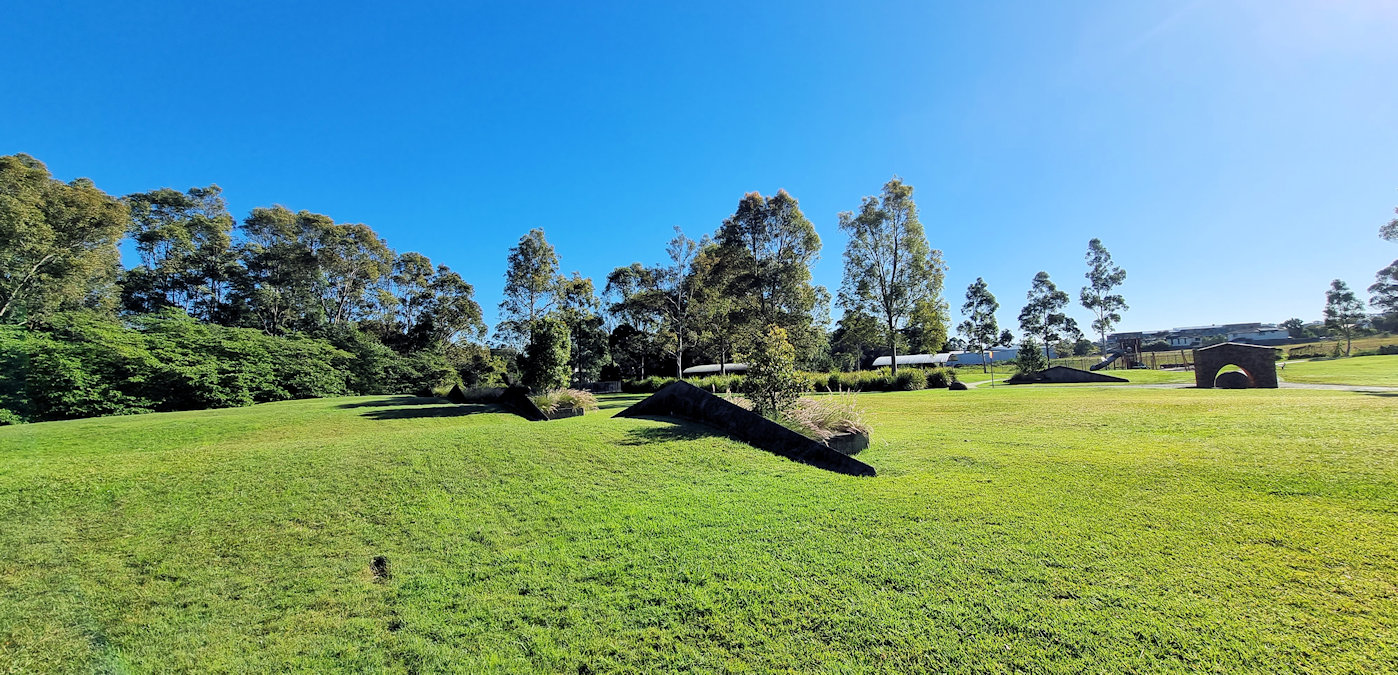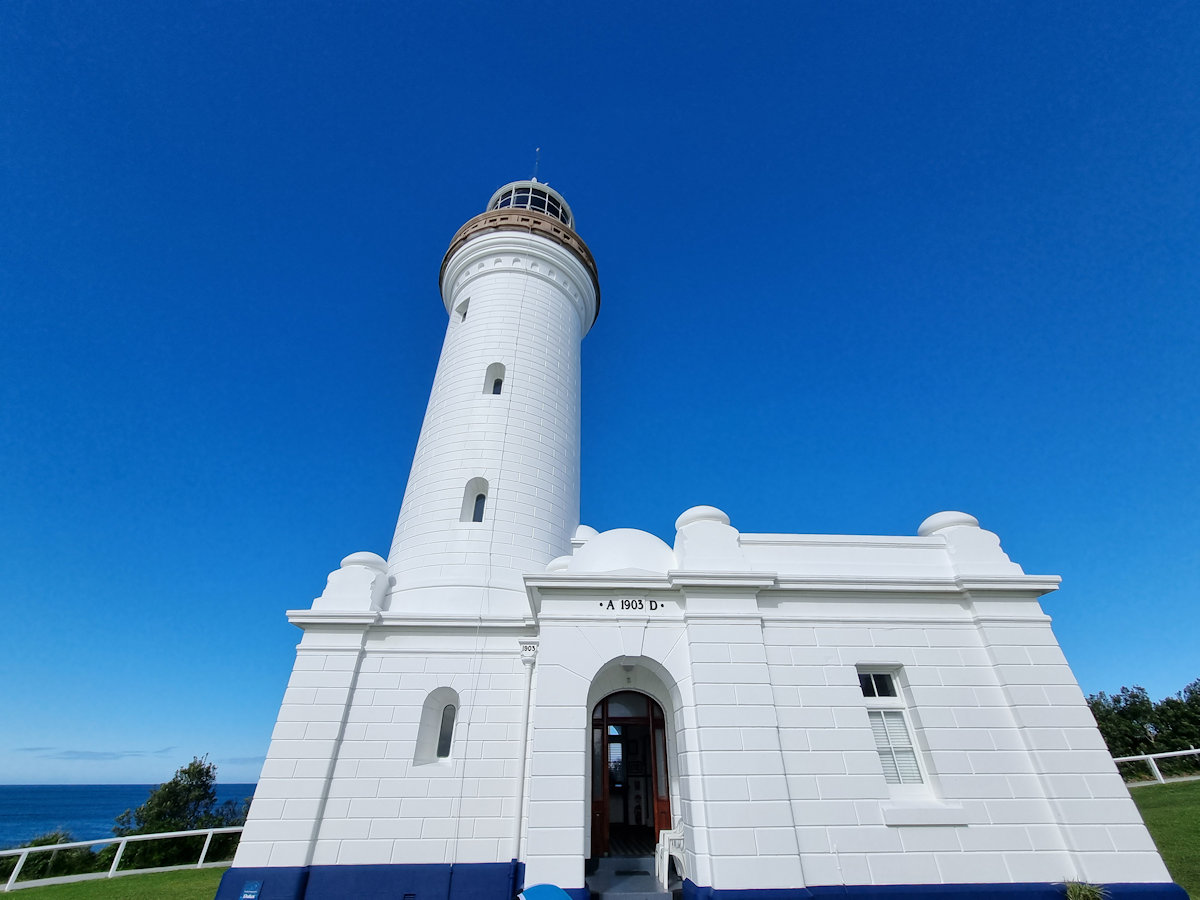Category: History
-
Bradfield Park North Sydney

Bradfield Park North Sydney Located partially beneath the Sydney Harbour Bridge, Bradfield Park is a publicly accessible park in North Sydney which provides magnificent vistas of the harbor, Circular Quay, and the Sydney Opera House. The park, named in honor of John Bradfield, the renowned engineer responsible for the bridge’s design, encompasses a playground, picnic… Read more
-
Wallsend Brickworks Park

Wallsend Brickworks Park Wallsend Brickworks Park is a public park in Wallsend, Newcastle Australia, located at the site of a historic brickmaking operation which ran from 1891 to 1977. Featuring a playground, picnic shelters, barbecues, a pond with birdlife, and remnants of the brickworks’ machinery, it’s a great family destination. The park is also part… Read more
-
Norah Head Lighthouse

Norah Head Lighthouse Located at Norah Head on the Central Coast, New South Wales, Australia, Norah Head Lighthouse is still active after 120 years of operation. Built in 1903 it was the last lighthouse of the James Barnet style constructed. The lighthouse is 27 metres (89 ft) high and has a light characteristic of two… Read more